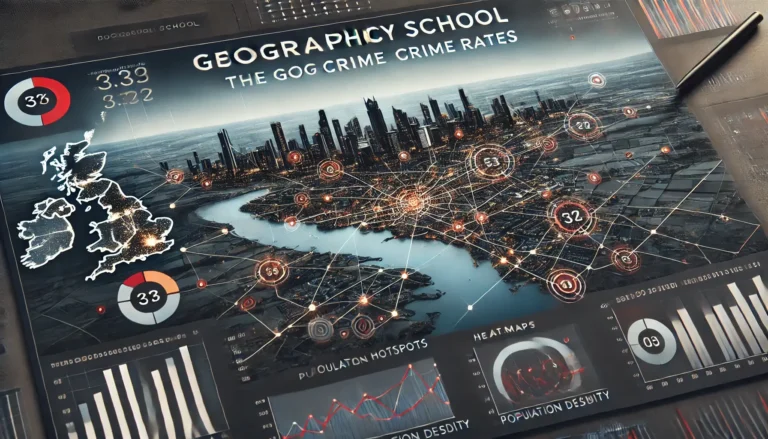The Geographical School in Criminology: How Environment Shapes Crime Rates
Introduction The geographical or topographical school of criminology examines the influence of environmental and geographical factors on crime rates. This school of thought emerged from the idea that physical and social environments significantly shape human behavior, including criminal tendencies. Geographical criminology focuses on how elements such as climate, terrain, urbanization, and population density contribute to…


